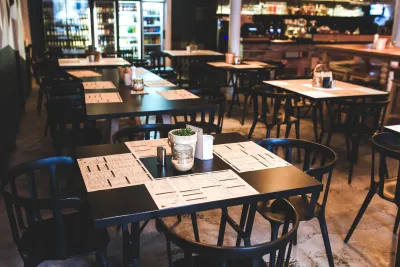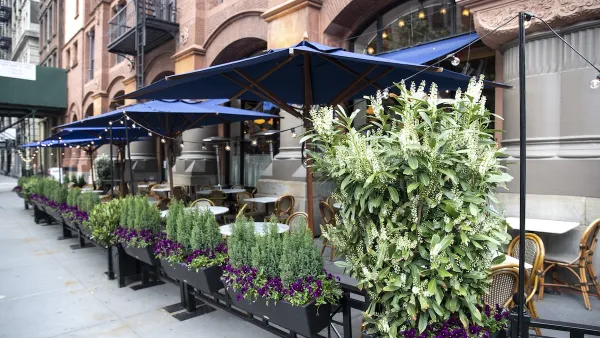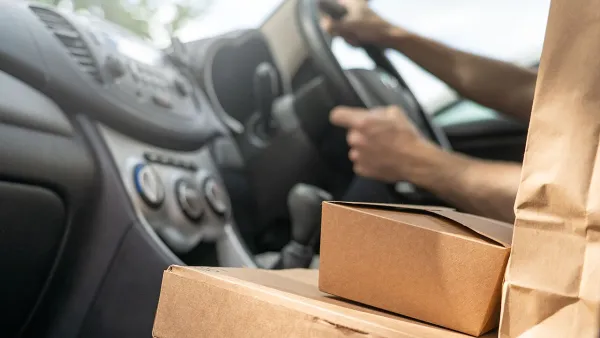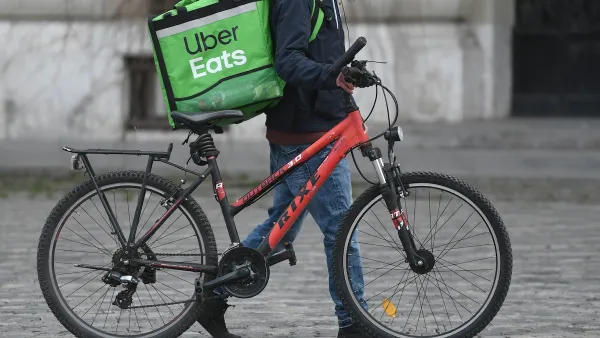High platform fees for food delivery apps have put struggling restaurants between a rock and a hard place.

With many restaurants across the country closing their dining rooms under stay-at-home orders to contain the spread of COVID-19, delivery has been one remaining lifeline for struggling food businesses. But with apps like DoorDash charging huge service fees, restaurants struggle to make a profit in an industry that already operates on razor-thin margins. Some cities have started putting a cap on delivery app fees, which usually start at around 30%. Local ordinances passed in Cleveland, Chicago, Los Angeles, and a handful of other cities have limited the fees to 15-20%. Prior to New York City Council reining in delivery apps in May, restaurants could even be charged for phone calls that didn't result in an order.
The delivery fees are just one part of a disruptive new industry that cities are still trying to regulate. New York City Council Member Mark Gjonaj, who advocates for a permanent fee cap, also wants to see greater transparency and improved worker protections for delivery drivers. The patchwork of emergency regulations passed this year reveal the "tension between the delivery apps and the restaurants that benefit from their services," Camille Squires points out. "The fight to regulate Big Tech delivery apps will continue well beyond the pandemic."
FULL STORY: US cities rein in food delivery apps on behalf of embattled restaurants

National Parks Layoffs Will Cause Communities to Lose Billions
Thousands of essential park workers were laid off this week, just before the busy spring break season.

Retro-silient?: America’s First “Eco-burb,” The Woodlands Turns 50
A master-planned community north of Houston offers lessons on green infrastructure and resilient design, but falls short of its founder’s lofty affordability and walkability goals.

Delivering for America Plan Will Downgrade Mail Service in at Least 49.5 Percent of Zip Codes
Republican and Democrat lawmakers criticize the plan for its disproportionate negative impact on rural communities.

Test News Post 1
This is a summary

Test News Headline 46
Test for the image on the front page.

Balancing Bombs and Butterflies: How the National Guard Protects a Rare Species
The National Guard at Fort Indiantown Gap uses GIS technology and land management strategies to balance military training with conservation efforts, ensuring the survival of the rare eastern regal fritillary butterfly.
Urban Design for Planners 1: Software Tools
This six-course series explores essential urban design concepts using open source software and equips planners with the tools they need to participate fully in the urban design process.
Planning for Universal Design
Learn the tools for implementing Universal Design in planning regulations.
EMC Planning Group, Inc.
Planetizen
Planetizen
Mpact (formerly Rail~Volution)
Great Falls Development Authority, Inc.
HUDs Office of Policy Development and Research
NYU Wagner Graduate School of Public Service





























